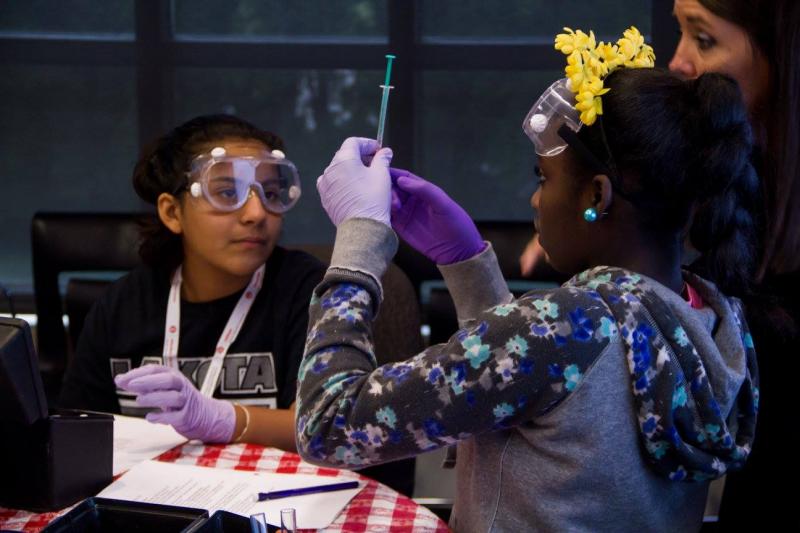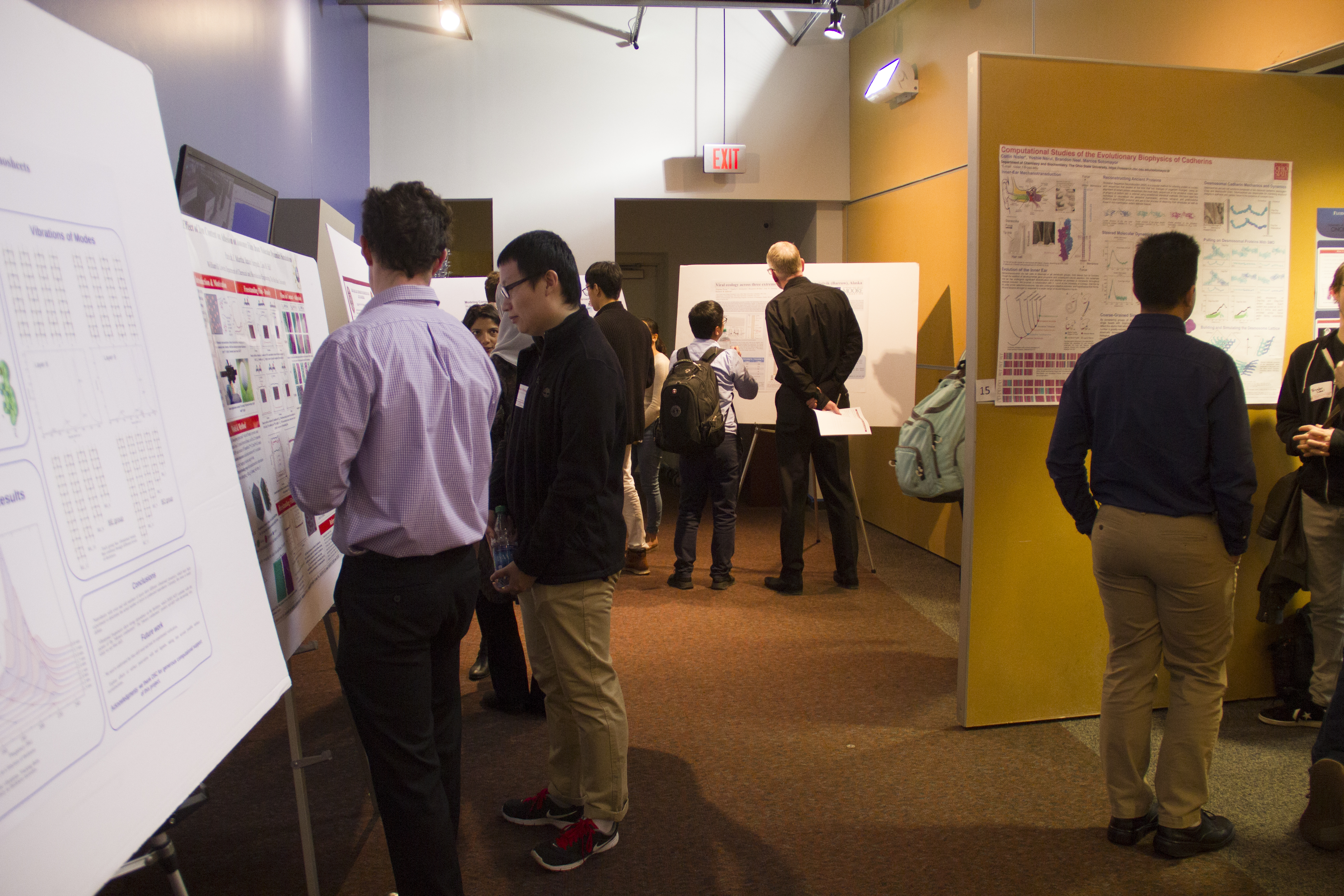SUG conference shares updates, highlights research
Exciting innovations and new research frontiers are breaking through every day in Ohio, and attendees of the fall Statewide Users Group Conference at the Ohio Supercomputer Center on Thursday got a preview of some innovations to come.
SUG is a volunteer group composed of the Ohio university faculty who provide OSC’s leadership with program and policy advice and direction to ensure a productive environment for research.


